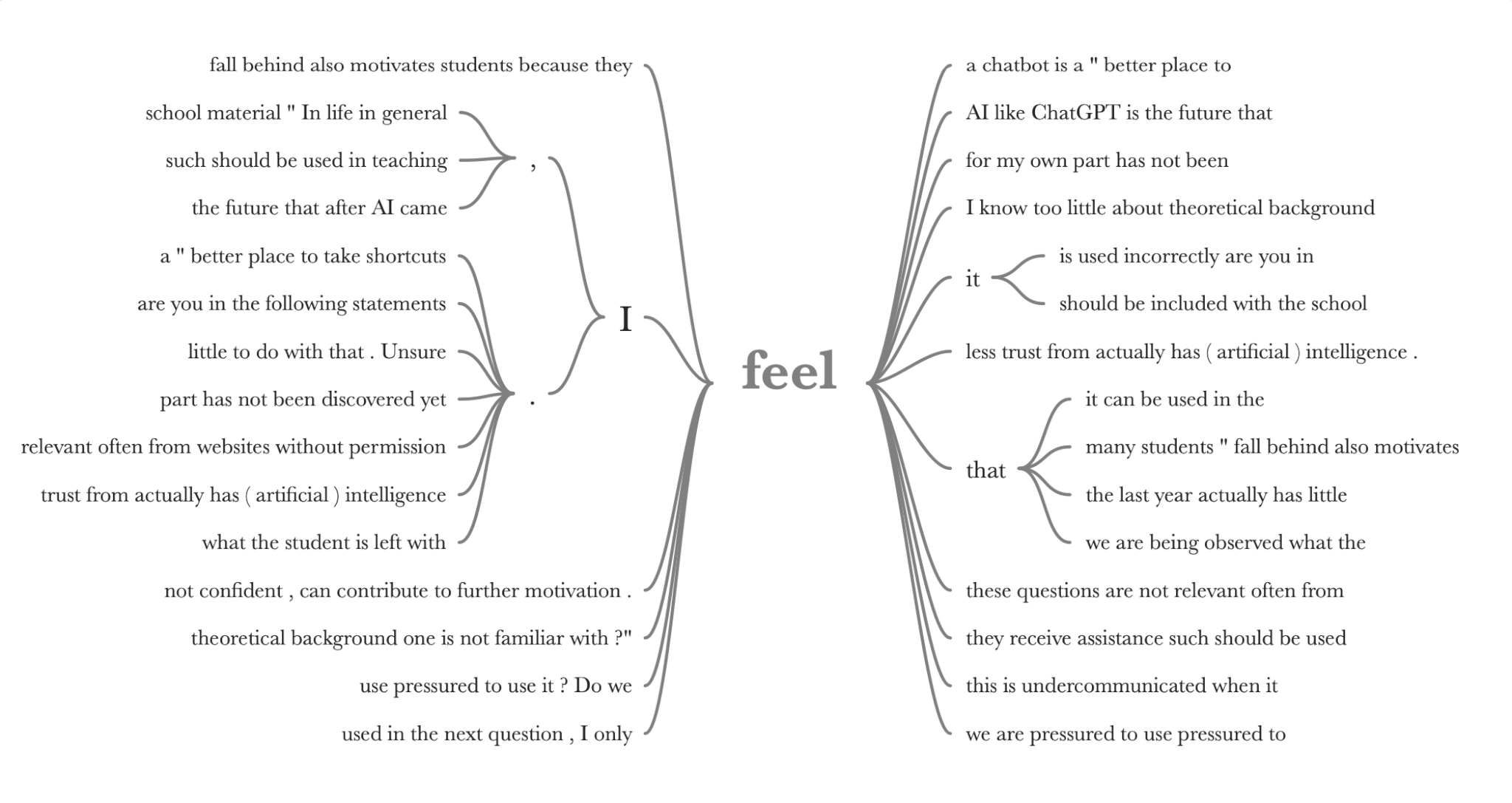
Currently reading “Gender Differences in the Use of Generative Artificial Intelligence Chatbots in Higher Education: Characteristics and Consequences” by Møgelvang et al. (2024)
Who uses GenAI, what for, and why does it matter? That’s what Anja Møgelvang (who also does lots of other fascinating work, for example on cooperative learning) and colleagues explore in the article “Gender Differences in the Use of Generative Artificial Intelligence Chatbots in Higher Education: Characteristics and Consequences”. They used responses of almost 2700 students to questions about how often and what for they use GenAI, what training and experiences they have, what they would like to learn.
Results of the study are not really surprising as in that they show that men use GenAI more and for more different purposes than women (even when the data is corrected for study programs, although those also have an influence). Men are also more interested in GenAI tools and see them as more relevant for their future career development. Women, on the other hand, use GenAI mostly for translations or to help fix texts, and are more concerned about what using GenAI might do to their critical and independent thinking abilities. With that comes a need that women frequently express: to learn how to figure out when to trust GenAI and when it is wise to use them.
Møgelvang et al. (2024) discuss consequences of their findings on three levels:
- on a personal level, women engaging less with GenAI might lead to future disadvantages in employment and career development
- on a societal level, having fewer women employed in jobs related to GenAI might mean fewer critical approaches and voices, and therefore potentially less discussion of e.g. ethical issues that are crucial to address
- on a university level, women’s engagement with GenAI depends more on formal training than men’s, who are more likely to experiment on their own and be less critical. Therefore everybody is likely to benefit from integration and critical discussion of GenAI in higher education
So what that means in conclusion is that we do need to integrate GenAI in our teaching, modelling good and critical use!
On a side note, the authors use a really cool method to visualise how students used certain words when speaking about GenAI, that I had not seen before: they plot “word trees” (like the one in this post’s featured image: how women use “feel” when they speak about GenAI). They do that also for other words (how, understand, tool, important, and workplace) and they share all those word trees in their supplementary material. So fascinating to browse, it really drives home the different frequency with which those terms are used by men and women, and what context they use them in! Go check it out yourself!
Møgelvang, A., Bjelland, C., Grassini, S., & Ludvigsen, K. (2024). Gender Differences in the Use of Generative Artificial Intelligence Chatbots in Higher Education: Characteristics and Consequences. Education Sciences, 14(12), 1363. https://doi.org/10.3390/educsci14121363
Totally unrelated to the content of this post, but since I am on withdrawal from Meta platforms, I need to post my pretty water pictures elsewhere…
